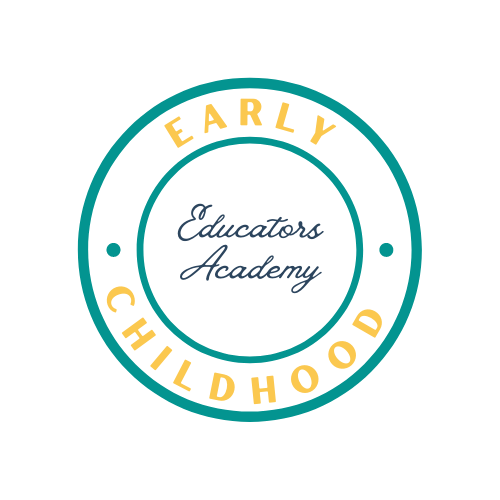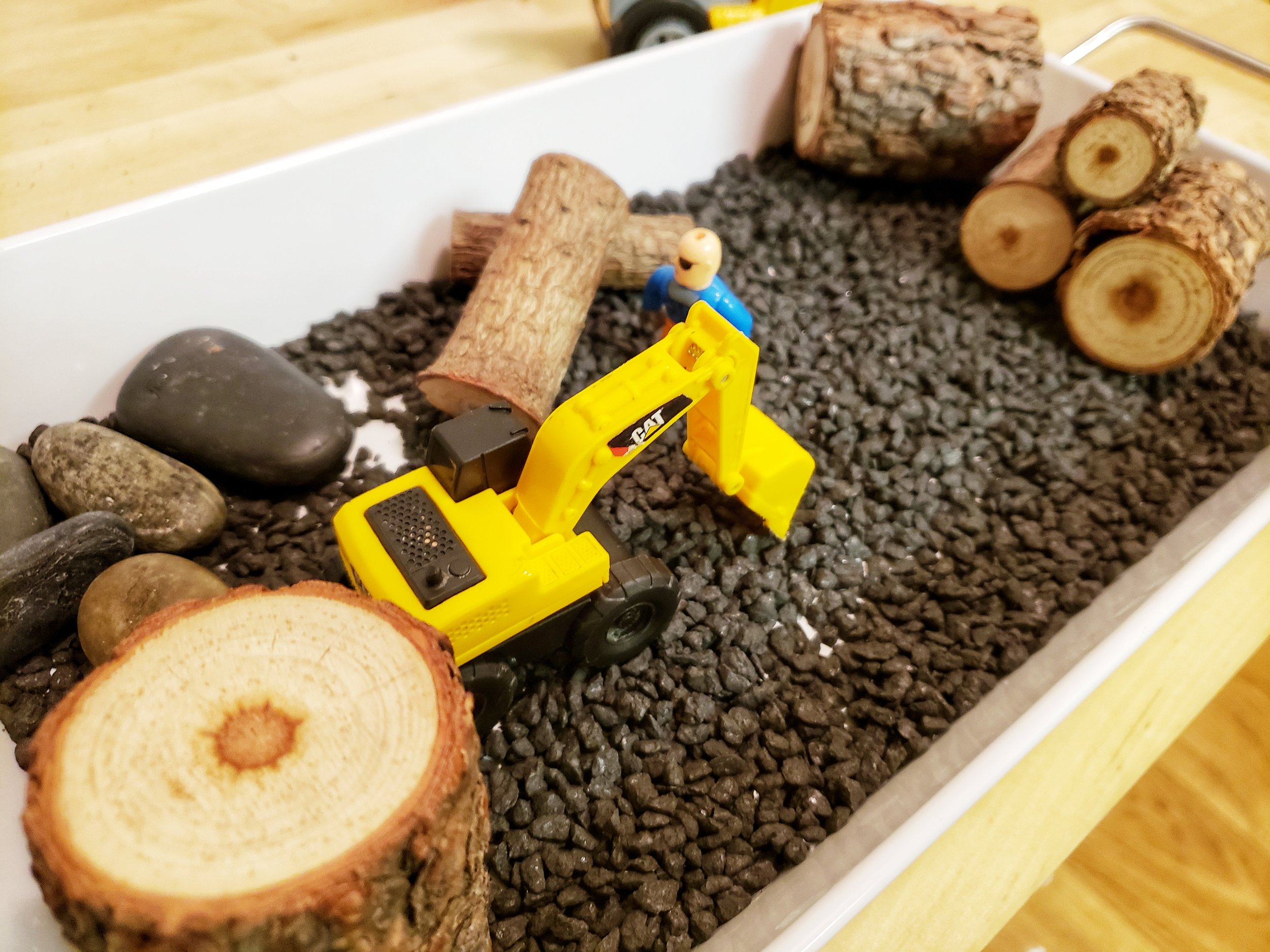What is the Reggio Emilia Approach?
There are a lot of early childhood philosophies that we can learn from, and even implement, in our classrooms.
However, despite the growing popularity of these philosophies (more specifically in the United States), there is still a lot of misunderstanding about exactly what these different philosophies entail and what they mean.
Getting to know what different philosophies are out there, what the core belief and practices are, and even gaining inspiration from them can be greatly beneficial to our classrooms; or at the very least, help us build community with those who teach in a different environment than us.
In this blog post, we’ll be looking at the Reggio Emilia philosophy.
History
Reggio Emilia is a small town in Italy in which the philosophy developed. It started in the 1940’s and gained popularity during the time when there was a strong push for progressive education that followed the child’s needs.
It’s good to note that there’s no specific way to be a Reggio Emilia school, hence why most schools will call themselves Reggio inspired and many consider only the school in the town as a true Reggio Emilia school.
Schools follow the overall beliefs and perspectives on the role of the teachers, students, and classroom environment, but each classroom could operate differently, depending on the needs of the students.
Core Beliefs
The environment is the third teacher.
This is a common term you’ll hear often when it comes to Reggio Emilia, in which they refer to the classroom as the “third teacher”. The concept behind this is the importance of the classroom environment and how the children interact with it.
The classroom and the materials inside of it are crucial to strengthening and empowering the children during their learning experience. Everything from the lighting and colors in the classroom, to how the materials are displayed and how the furniture is arranged is held in great regard.
The Teacher (or atelierista) is a guide.
The lessons are child-led and developed around the children’s interest. It’s the teacher's job to help them explore their interests in depth and provide opportunities for them to do so.
Student’s are capable of directing their own learning experience.
There’s a strong trust in students directing their learning, and that they’re already drive by their own curiosity and natural interest to explore without adult intervention. There’s also a strong emphasis on group work and communication.
Documenting.
Another popular term in Reggio, many people misunderstand this as simply hanging the children’s artwork up in an elaborate way. There’s actually a very intentional process behind these displays, giving the children (and teachers) a visual display of their progression and learning process.
Many lessons are carried out over a longer length of time that’s not typical in traditional Early Childhood classrooms and documentation is used to keep track of their thought process, achievements, and learning progression. These also spark future ideas and inspiration.
The Hundred Languages of Children.
The belief that children express, learn, and share their thoughts and ideas in a variety of ways, and the classroom and teacher should offer plenty of opportunities for the child to explore ways of expression. They’re all valued and no “language” or method of learning and expression holds more importance than another.
So what can we learn from it?
While your classroom might not be Reggio Inspired, there are still some concepts that can be adapted and implemented in any classroom. Some of them to consider are:
The Hundred Languages of Children: take a look around your classroom and see if you’re classroom offers a variety of ways for children to learn and explore their interests.
Children all learn in different ways and forms and it’s important for any class to make sure they’re meeting the needs of all their children.
The Third Teacher: while you might not adopt the typical nature-inspired look of a Reggio environment, it is worth it to make sure your classroom is working for you and your students.
Does your classroom encourage exploration and creativity?
What atmosphere do your colors and decor create in your classroom?
Does your classroom belong to the children or is it designed for adults?
If you’d like to read more about Reggio Emilia and its philosophy here are some great resources.
What is your experience with Reggio Emilia?











Aggressive behavior like hitting, kicking, and biting are easily cited as one of the most stressful behaviors in the early childhood classroom. Here are some tips for handling aggressive behavior in the PreK/daycare classroom.